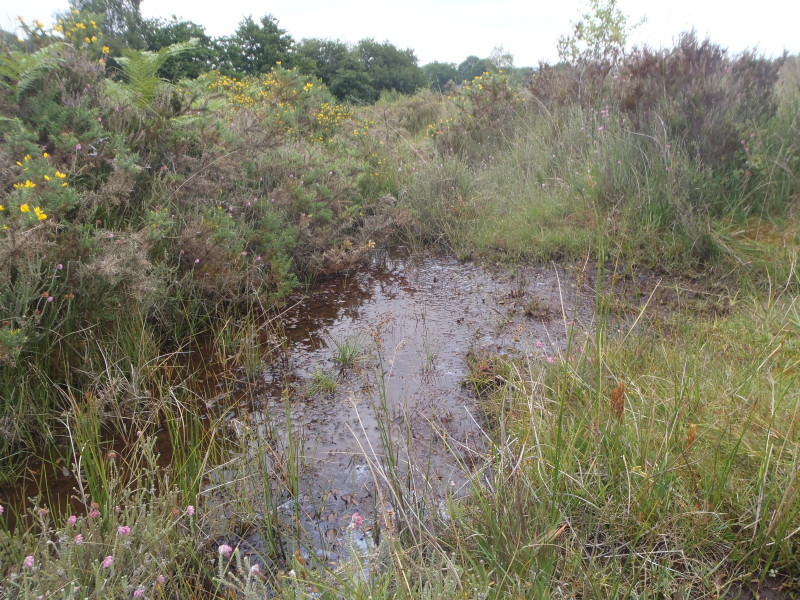Ponds
Numerous ponds across Shropshire attract a good number of species many of which are common and widespread. The term ‘pond’ encompasses a huge number of variables such as size, depth, vegetation level, tree shading and altitude to name a few! These will all to some degree affect those species present. Some species for example are found only in acidic waters and a few species with rapidly developing larvae such as Emerald Damselfly and Black Darter are able to exploit shallow pools that are temporary in nature and dry out over summer. These waterbodies have the advantage of being free of predatory fish.
Garden Ponds
Species: Southern Hawker, Broad-bodied Chaser, Common Darter, Azure Damselfly, Large Red Damselfly, Blue-tailed Damselfly
Ponds & Lakes
Species: Hairy Dragonfly, Migrant Hawker, Southern Hawker, Brown Hawker, Emperor Dragonfly, Black-tailed Skimmer, Broad-bodied Chaser, Four-spotted Chaser, Common Darter, Ruddy Darter, Emerald Damselfly, Azure Damselfly, Common Blue Damselfly, Blue-tailed Damselfly, Large Red Damselfly, Red-eyed Damselfly.
Sites: Dudmaston, New Pool Hollow (Carding Mill Valley), Shropshire Hills Discovery Centre, Telford Town Park
Acidic Ponds
Species: Common Hawker, Four-spotted Chaser, Black Darter, Common Darter, Yellow-winged Darter, Emerald Damselfly, Common Blue Damselfly, Blue-tailed Damselfly, Large Red Damselfly
Sites: Wildmoor Pool, Pole Cottage Pool, The Bog at Stiperstones, Whixall Moss


